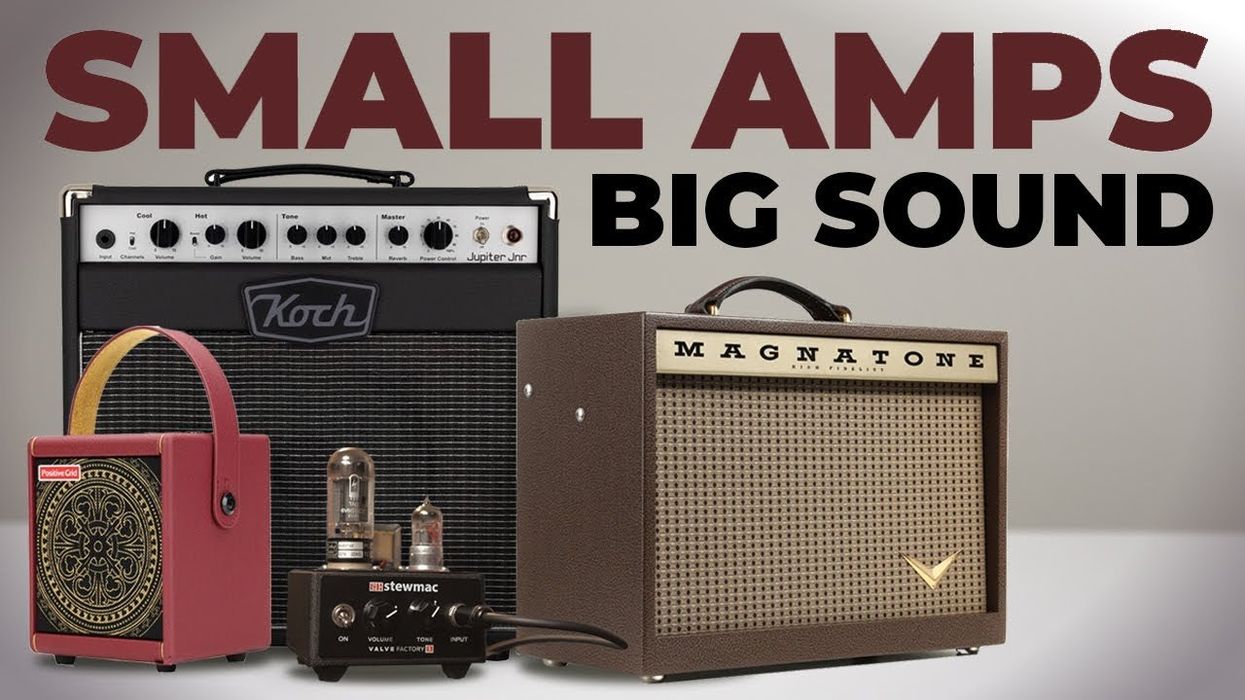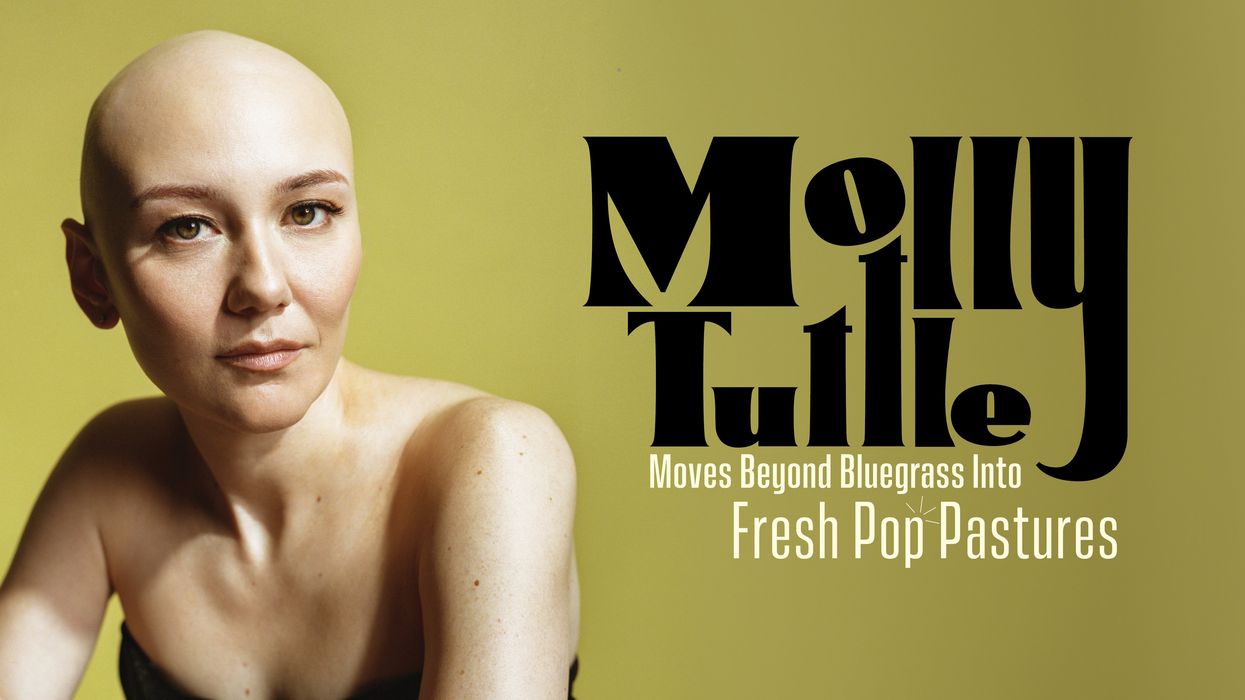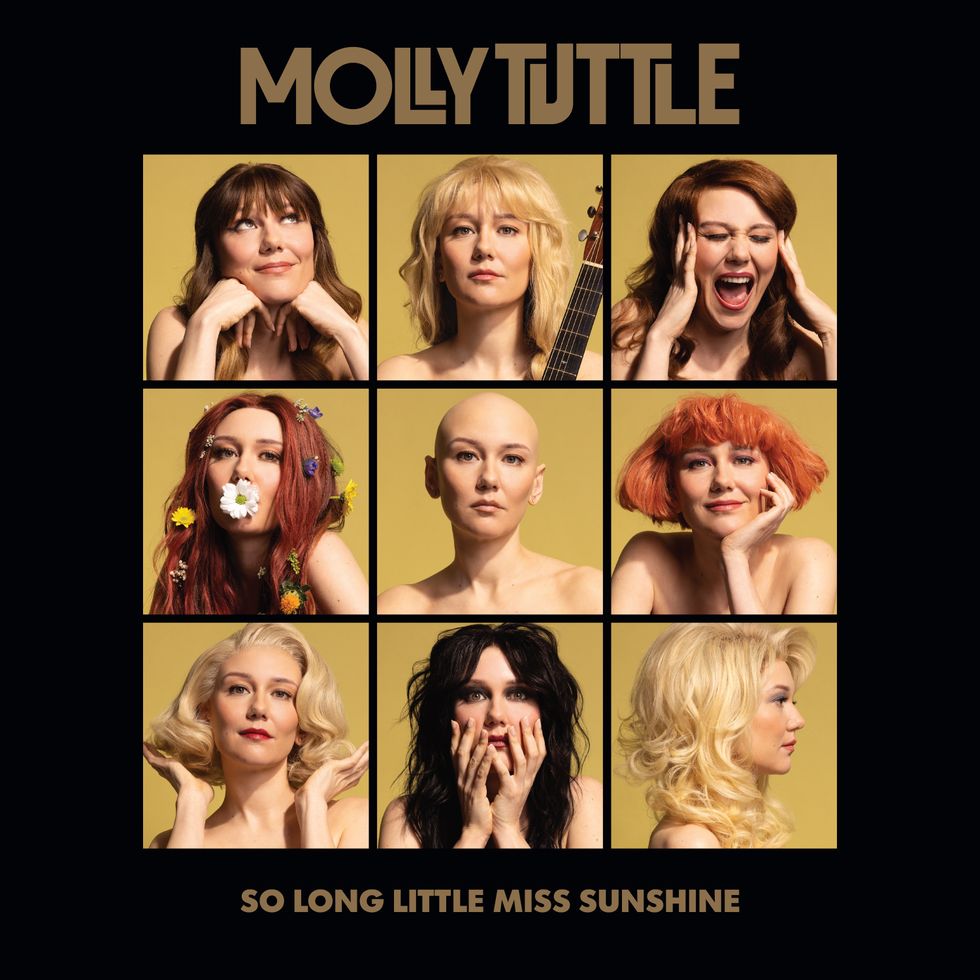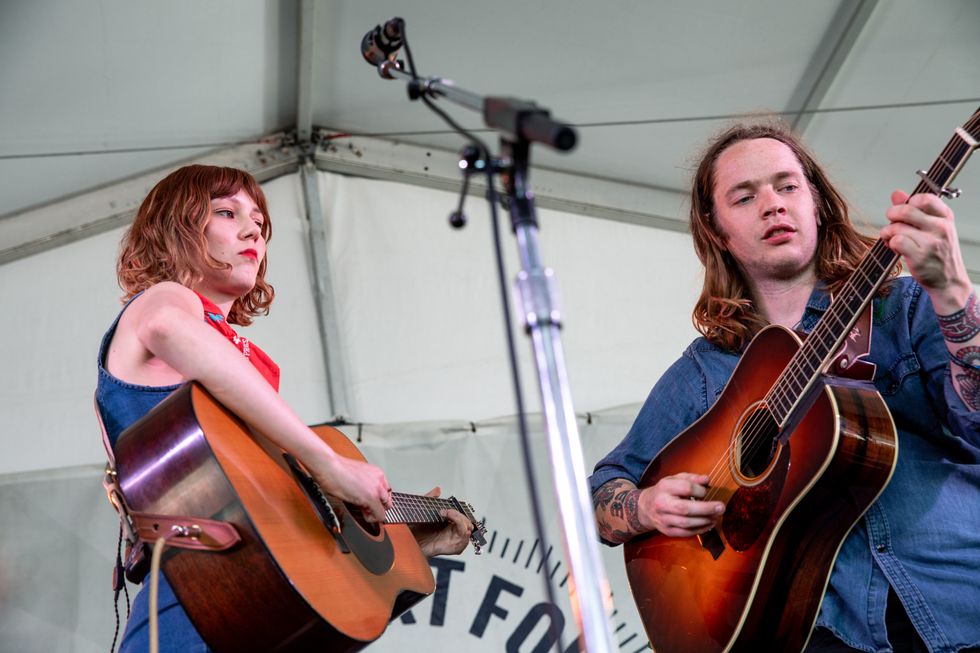Christone “Kingfish” Ingram just wants to play the blues, man. In late August, the globe-trotting 24-year-old guitar phenom is hanging out in Los Angeles, doing studio work for a few different projects. He’s catching his breath after a whirlwind European summer tour that included a stint on a Mediterranean cruise ship with Joe Bonamassa. Ingram and his band returned home with a full-length live recording in hand, Live In London, which was recently released via legendary Chicago blues institution Alligator Records. The performance, captured on June 6 in front of a sold-out, standing-room-only crowd at the Garage in north London, demonstrates what Ingram’s converts have been saying for nearly a decade now: His studio records are great, but there’s something special about his live show.
Mississippi Night (Live-Instrumental)
“In the studio, I would say I’m more restrained,” says Ingram, pondering the differences between his live and on-record sounds. “I’m trying to play for the song a little more in the studio, whereas live, I’m more wild and crazy with my playing.” He chuckles: “It’s a little more upbeat.”
But long-time listeners will recognize more than just energetic novelties on Live In London. Ingram’s playing, in its essence, is changed. It’s more complex and thoughtful, mixing in different scales and modes than the genre’s traditional home turf of major or minor pentatonic. You can hear Ingram dip his toes into jazzy atonal runs throughout the scorching instrumental “Mississippi Night,” and oldies like the previously acoustic “Hard Times” are blown wide open with new arrangements that challenge and elevate their spirit. At other points, Ingram does the reverse: The electric rendition of “Something in the Dirt” on record is swapped out for an intimate acoustic performance on the live set.
This all makes perfect sense. Ingram told us what he was gunning for all along. The very first track on his 2019 debut record declared this intention: to celebrate the sacred roots of his home in Clarksdale, Mississippi, while finding his own way. “I could stay here forever, but I just can’t stick around,” he crooned on the track. “I know that there’s life outside of this town!”
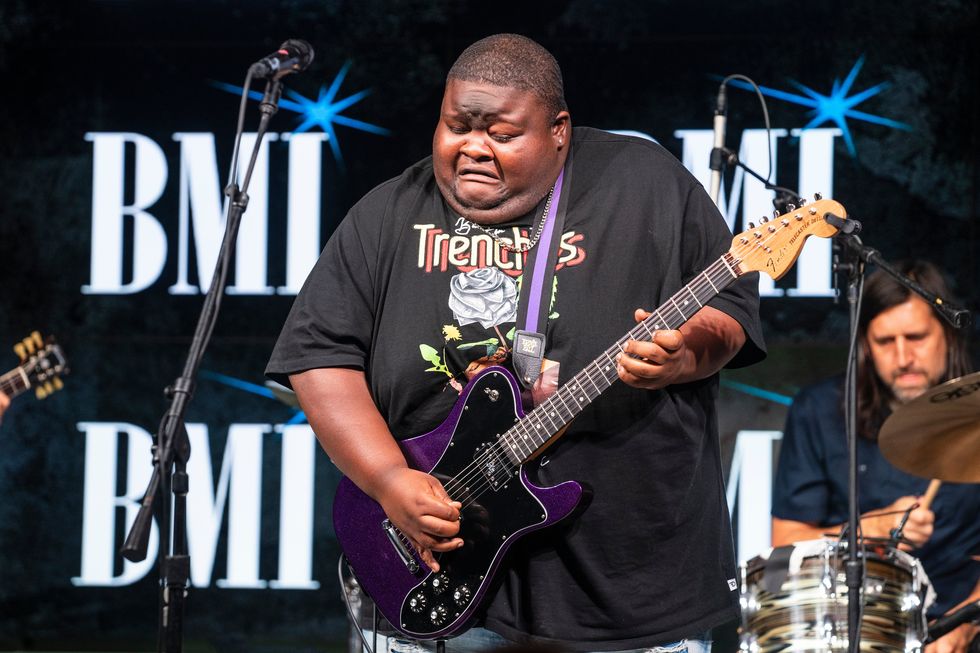
Born and raised in Clarksdale, Mississippi, Ingram was perhaps destined to play Delta blues. On his new live album, though, the guitarist expands the borders of his traditional sound.
Photo by Erika Goldring/Courtesy of BMI
It’s hard to say if being born in Clarksdale is what set Ingram on his seemingly preordained path to modern blues greatness, but it sure couldn’t have hurt. Clarksdale has been either the original or adopted home of blues musicians that pioneered and popularized the genre: Muddy Waters, John Lee Hooker, Son House, Ike Turner, and Willie Lee Brown, among many others. The intersection of highways 61 and 49 near Clarksdale is rumored to be the very crossroads at which Robert Johnson sold his soul to the devil for guitar greatness. “There’s magic in the music,” Ingram sang on his 2021 LP 662, “but there’s something in the dirt.”
“I’m trying to play for the song a little more in the studio, whereas live, I’m more wild and crazy with my playing.”
It was in this hot melting pot of blues magic and myth that Ingram learned to play the guitar. First came gospel quartet music, a natural love developed through his mother and her side of the family. His mother’s family sang, and his uncles preached and played guitar and bass. Ingram started off singing gospel, and at age 8, his father enrolled him in the guitar program at Clarksdale’s Delta Blues Museum. The transition felt natural to Ingram, who heard parallels between the musics. “It’s pretty much the same thing, just one is sacred,” he says.
That’s where he learned from mentors like Bill “Howl-N-Madd” Perry, a local who became a nationally celebrated bluesman. It was Perry who gave Ingram his now-iconic nickname, “Kingfish.”
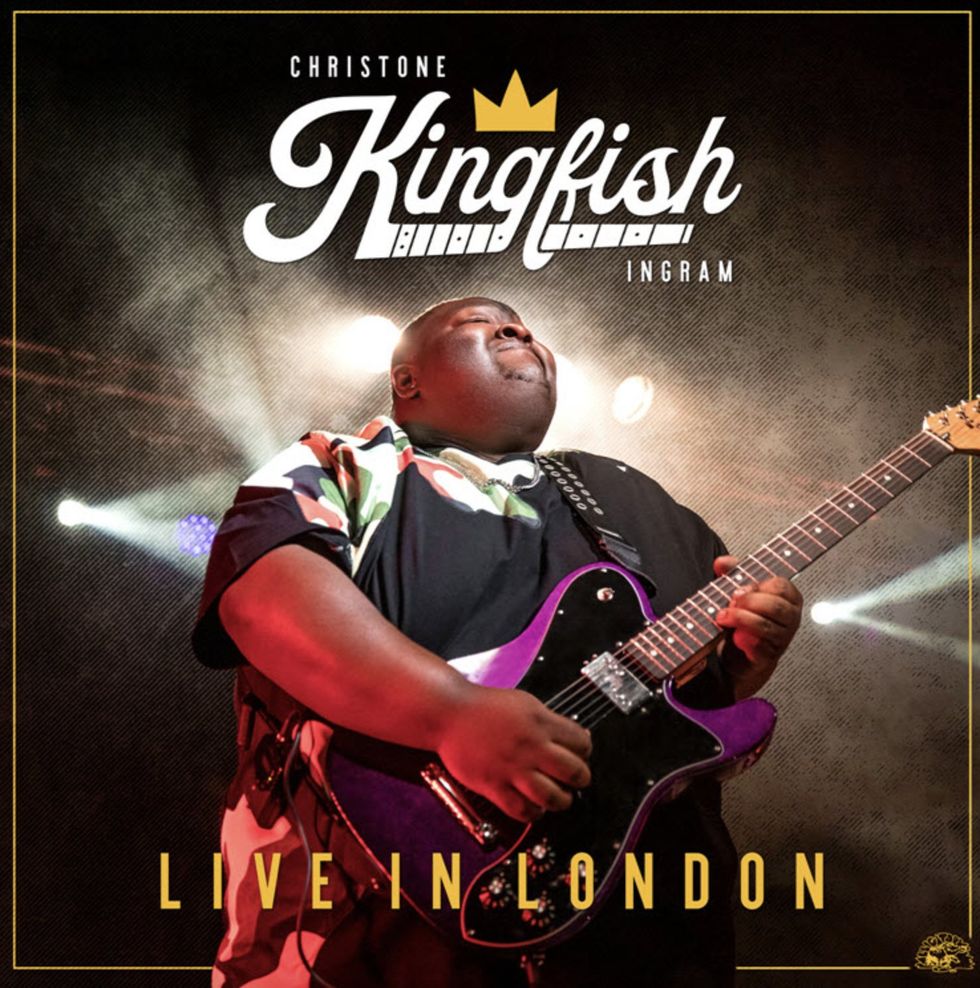
For his third album, Kingfish decided to record live during a well-rehearsed performance at London venue the Garage.
“He used to give all the students little nicknames, and we kind of thought of them as stage names,” says Ingram. “He got ‘Kingfish’ from an old sitcom, Amos and Andy. I didn’t like it at first, but I kept it because the ‘king’ kinda reminded me of B.B.” During the program, Ingram focused on guitar-playing, but one day his instructors coaxed him into adding his pipes to the mix.
It wasn’t long after that Ingram got his first guitar, a Teisco electric. By the time he was a teenager, Ingram was wowing lifelong bluesmen. Alligator Records founder Bruce Iglauer remembers hearing “Kingfish” for the first time at the King Biscuit Blues Festival in Helena, Arkansas. Ingram, then 14 years old, was playing on a tiny stage to an audience of roughly a dozen people. “He was executing wonderfully, but he was playing a whole lot of notes all the time, and singing standard blues songs in the voice of a 14-year-old,” remembers Iglauer. “I was impressed with his chops, but thought that he had to learn to tell a story with his playing, including more dynamics, more rests and pauses, more ‘tension and release.’”
Five years later, in 2018, Iglauer heard him play again at the Chicago Blues Festival. Things had changed. “He totally knocked me out,” says Iglauer. “His talent was much more mature and exciting. He carried himself completely confidently on stage, introducing the songs and bantering with the audience.”
That was the year that Ingram cut his debut album, Kingfish, which was released in May 2019 on Alligator. Kingfish is a clean, well-oiled machine, a slick handshake introduction from Ingram. It covers classic, slinking, electric juke joint blues, overdriven blues rock ’n’ roll, finger-picked acoustic blues, and even some pop R&B over its 12 tracks, all showcasing Ingram’s mastery of blues guitar and singing. 662 covered much of the same ground, but mixed in some production tricks. “Another Life Goes By,” Ingram’s plea against anti-Black violence, took notes from ’90s hip-hop and R&B, with digital drums and clean, contemplative leads punctuating the singer’s deep, rich vibrato.
Ingram explains that both of his full-length records were cut with studio musicians instead of his touring band, which includes long-time friend and drummer Chris Black, bassist Paul Rogers, and keyboardist Sean Alexander. This is the crew that backs him on Live In London. “It goes deeper than being a band,” says Ingram. “They’ve been with me during some hard times for sure.” On Live In London, Ingram and his trusted road comrades are out in full-force. No studio tricks or assists, just pure blues-music excellence. Even Ingram’s sound is simple as can be. These days, he plays his signature Fender Kingfish Telecaster Deluxe through a Fender Twin that he boosts with a Marshall ShredMaster. At a few points on Live In London, he stomps a wah, too. Other than that, he says, he’s got a tuning pedal. No aces up his sleeves.
“Blues is life. Blues is always gonna be around us as long as somebody’s feeling down.”
Listening through Live In London, it’s easy to see why. He simply doesn’t need them. Even without the rhythm guitars that back him on his studio releases, Ingram’s playing somehow fills the gaps with thoughtful phrasings, and the extra space lets all the performances glisten just a bit more. Ingram says that while certain songs have parts that call for specific licks, all the solos are improvised. But where earlier in his career he might have favored speed, these days he aims for sincerity. “I do always try to have in the back of my mind to tell a story, try to paint a picture with the notes rather than just saying a whole lot but not meaning anything,” he says.
Christone "Kingfish" Ingram's Gear
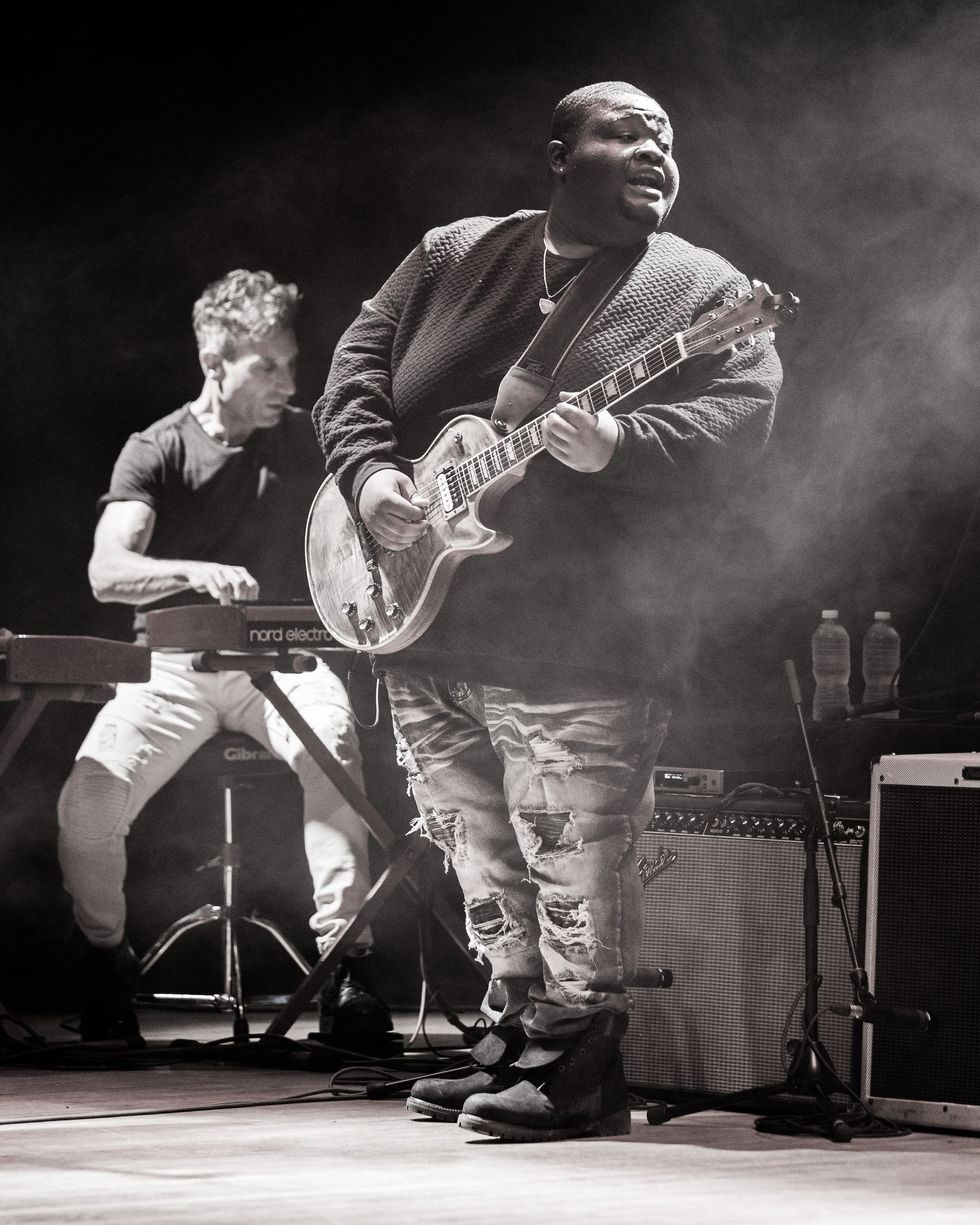
Ingram’s playing is contemplative and warm on Live In London, filling up the space left by the absence of a rhythm guitar. But he doesn’t use tricks to beef up his presence—his rig is dead-simple.
Photo by Steve Kalinsky
Effects
- Marshall ShredMaster
- Cry Baby Mini Wah
Strings & Picks
- D’Addario (.011s)
“I’m not the best singer, I’m not the best technical guitar player,” he continues. “I can’t really do all the ‘wows!’ like other players can, but what I bring to the table, it comes from the heart for me. It’s real. I think that’s why people are drawn to what I do.”
Ingram and his band poured months of work into the Live In London set, rehearsing both in Los Angeles and in London before the date. Ingram wanted the show to tell a story with its sequencing and arrangements, and it helped that he developed some new narrative tools through the pandemic’s downtime. Stuck at home, Ingram dug back into music theory and worked on expanding the borders of his playing style, an experience he describes as “wonderful.” Those techniques lend the record its most compelling qualities—what Alligator’s Iglauer describes as “the energy and spontaneous creativity that [Ingram] delivers every night, plus the extended guitar improvisation that proves what a giant guitar talent he is.”
Live In London clocks in at just over 90 minutes with little to no fat—it’s a lean, athletic set, and Ingram says that’s par for the course, maybe even a touch on the shorter side. “We play two hours max every night,” he says. “This is like a normal show, we just added more songs and played ’em in less time.”
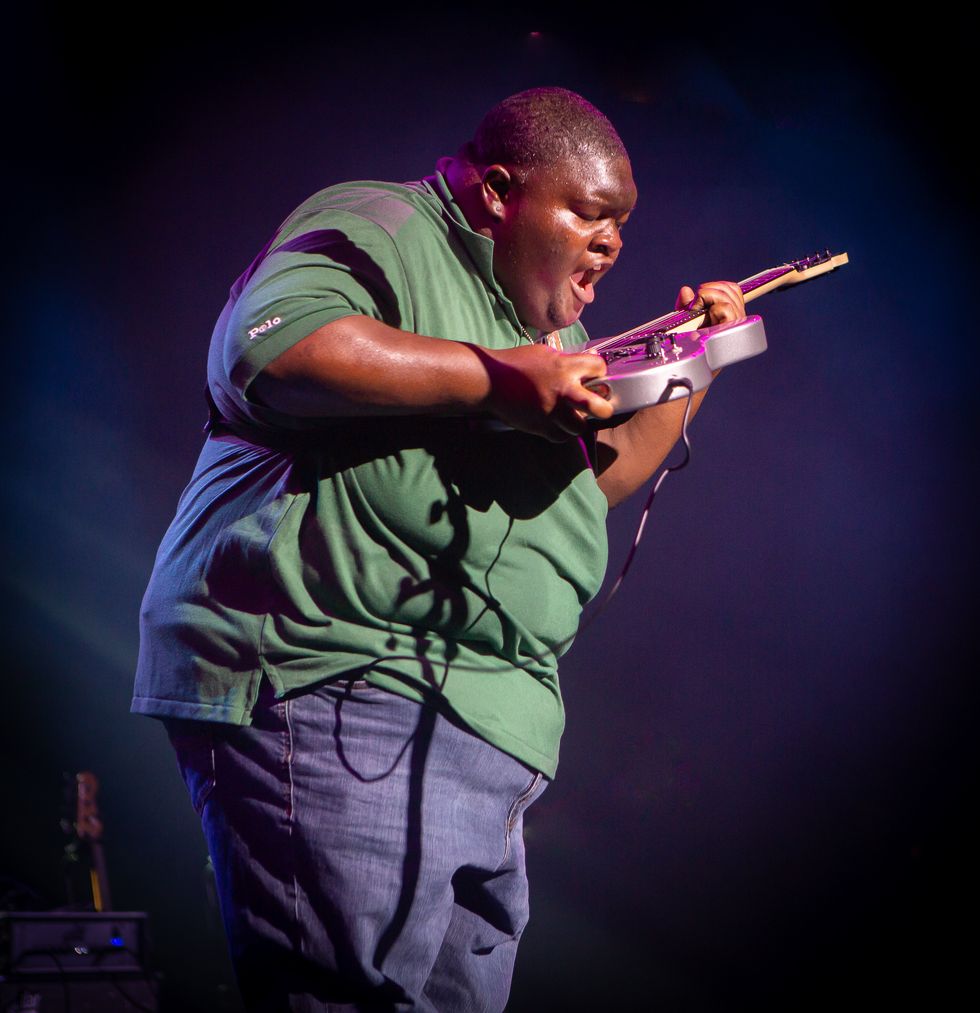
Ingram’s peers might not understand his reverence for the blues, but veteran blues label head Bruce Iglauer says he’s part of a wave of young Black American guitarists picking up the genre and making it their own.
Photo by Brad Elligood
In any genre, a youthful prodigy is always destined to raise eyebrows, but perhaps Ingram’s commitment to a field with a cultural import that feels shrunk from its mid-1900s heyday is particularly relevant. Iglauer, though, sees Ingram not as an anomaly, but the spearhead of a new wave of young Black blues musicians, originating from all corners of the United States. Iglauer lists off a stream of names: D.K. Harrell, Stephen Hull, Matthias Lattin, Sean McDonald, Dylan Triplett, Jontavious Willis, Andrew Alli, and Joey J. Saye. Some of them are pushing the genre’s themes forward with political messages; some are playing with its structure, mixing it with soul or reggae. But the most exciting thing, says Iglauer, is that they’re all supporting one another, and building a new era of blues. “Kingfish has already emerged as the most popular artist of this new generation, but there will be more to come,” says Iglauer. “It’s a rebirth of the blues from within the Black community.”Ingram has mentioned before that his youthful peers don’t understand his love for the blues. Ingram has ideas for how to stoke interest. ”We just come to their level a bit and add what they like to it, and once we get ’em in, we can teach ’em about the real and raw thing.” But he also thinks they’re missing an elemental piece of the human experience in the music. “This notion that the blues is dead or dying, it’s not true,” says Ingram. “Blues is life. Blues is always gonna be around us as long as somebody’s feeling down.”
Christone "Kingfish" Ingram - Midnight Heat (Live)
Live from the Garage in London, England, Kingfish and his band rip through a sweltering performance of “Midnight Heat,” a ’70s funk-indebted joint. About halfway through, Ingram takes his signature Telecaster Deluxe on a face-melter.
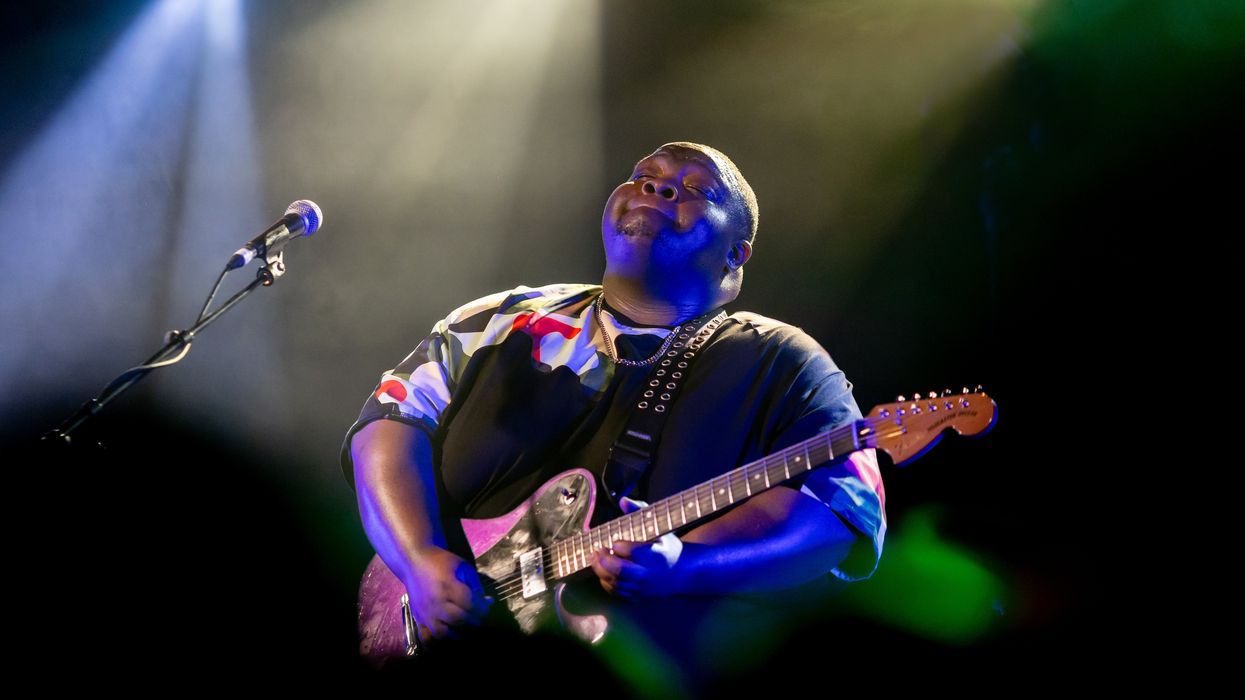

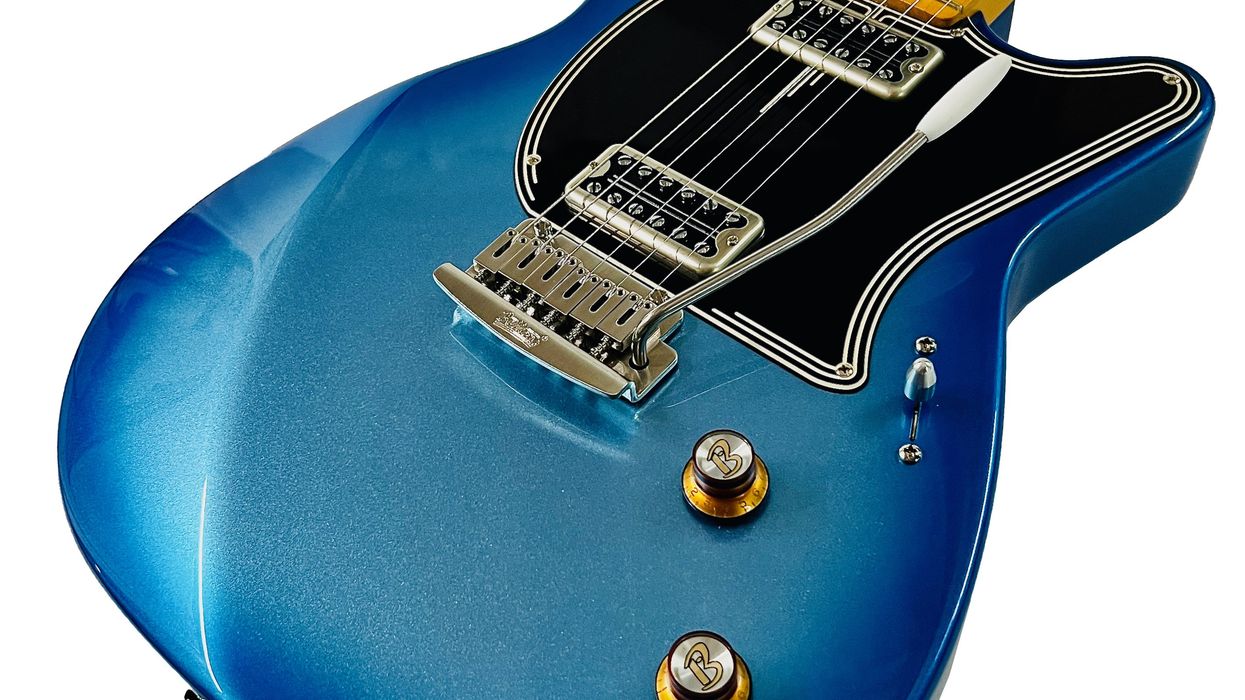
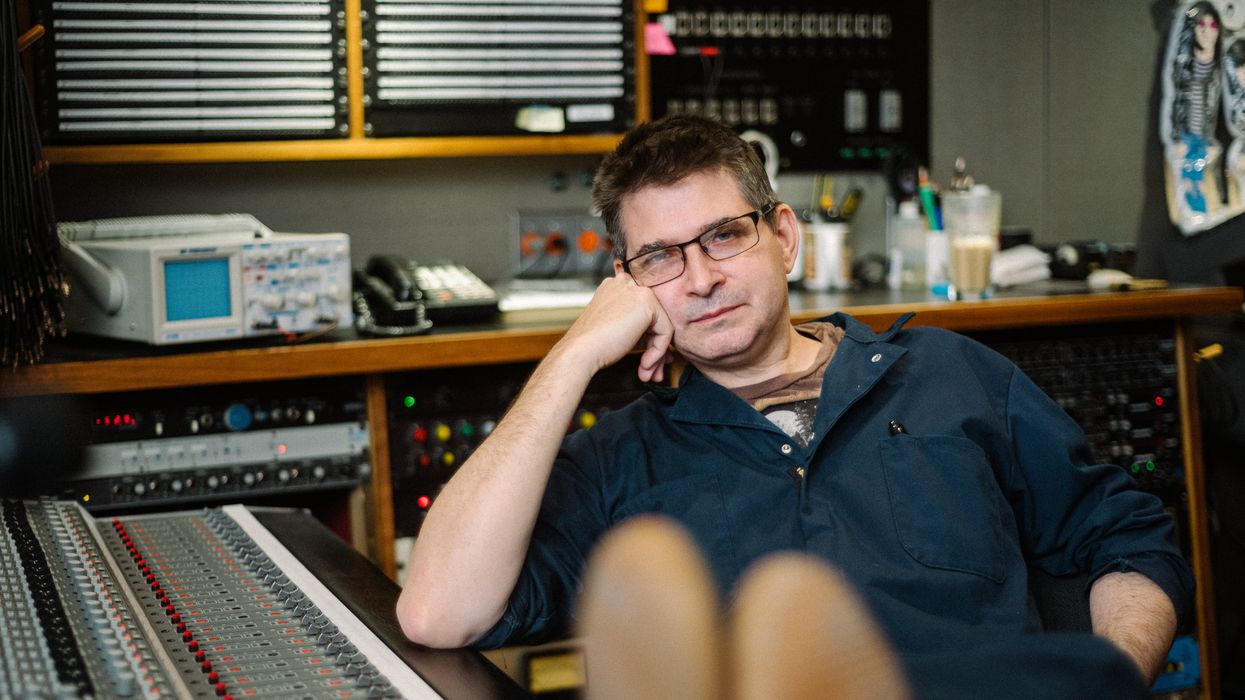
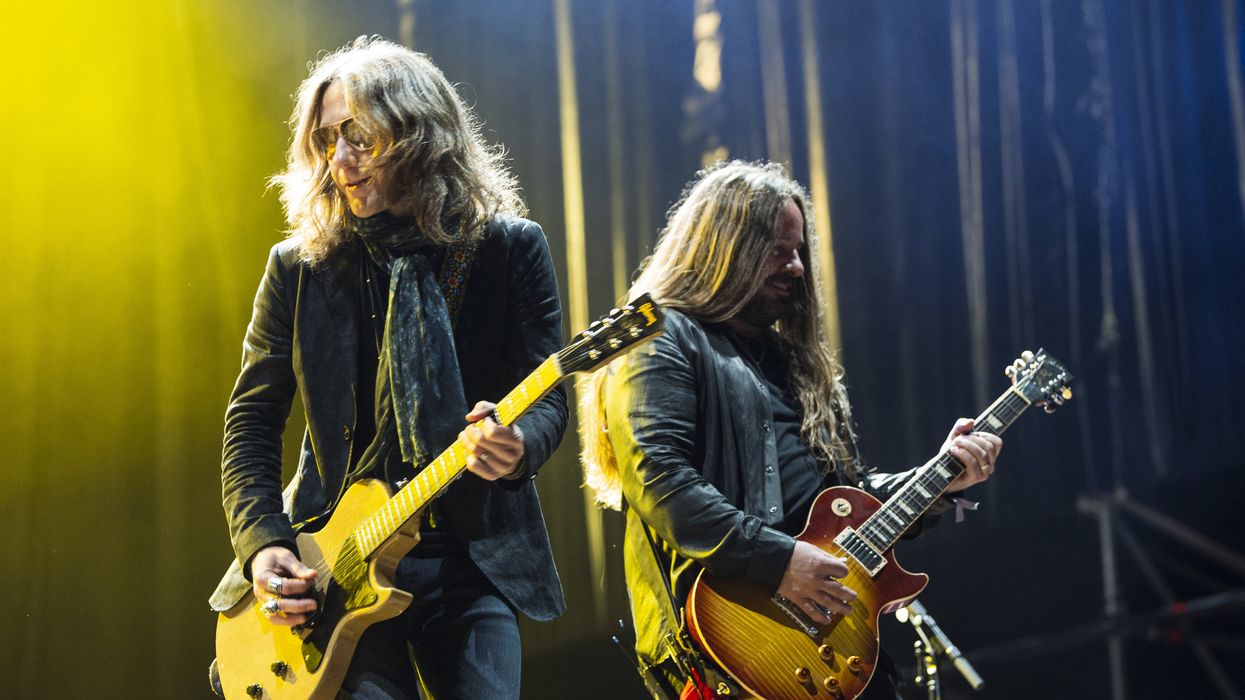
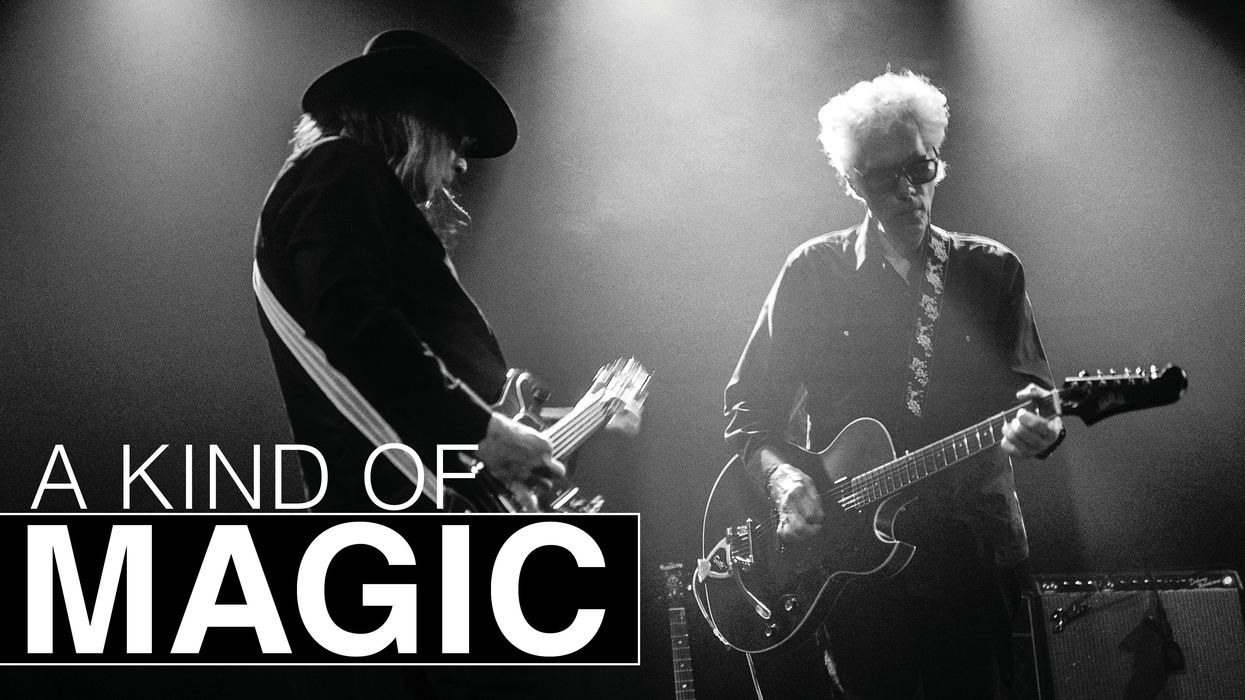
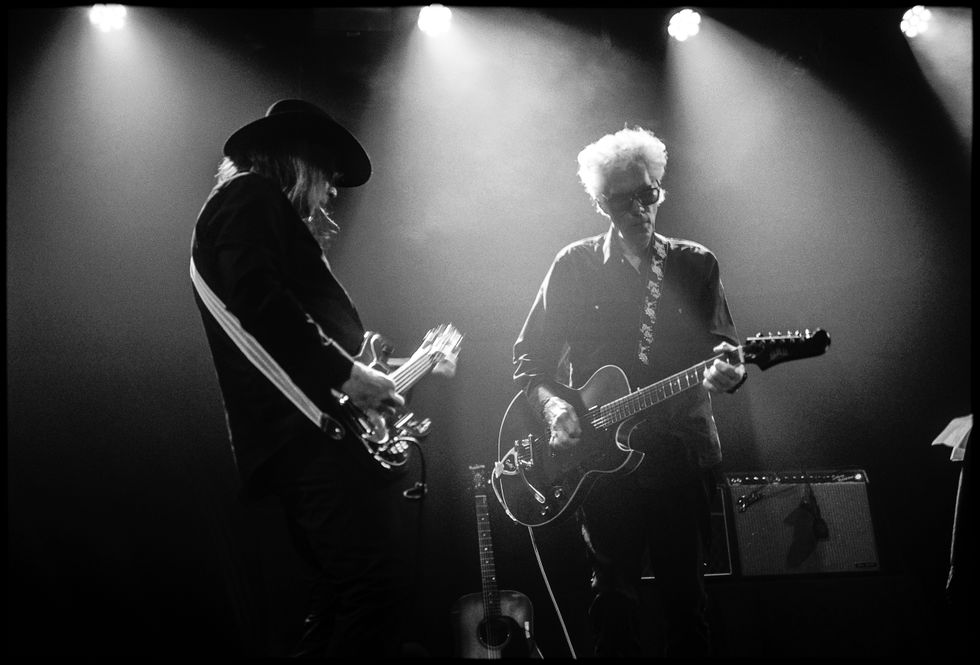
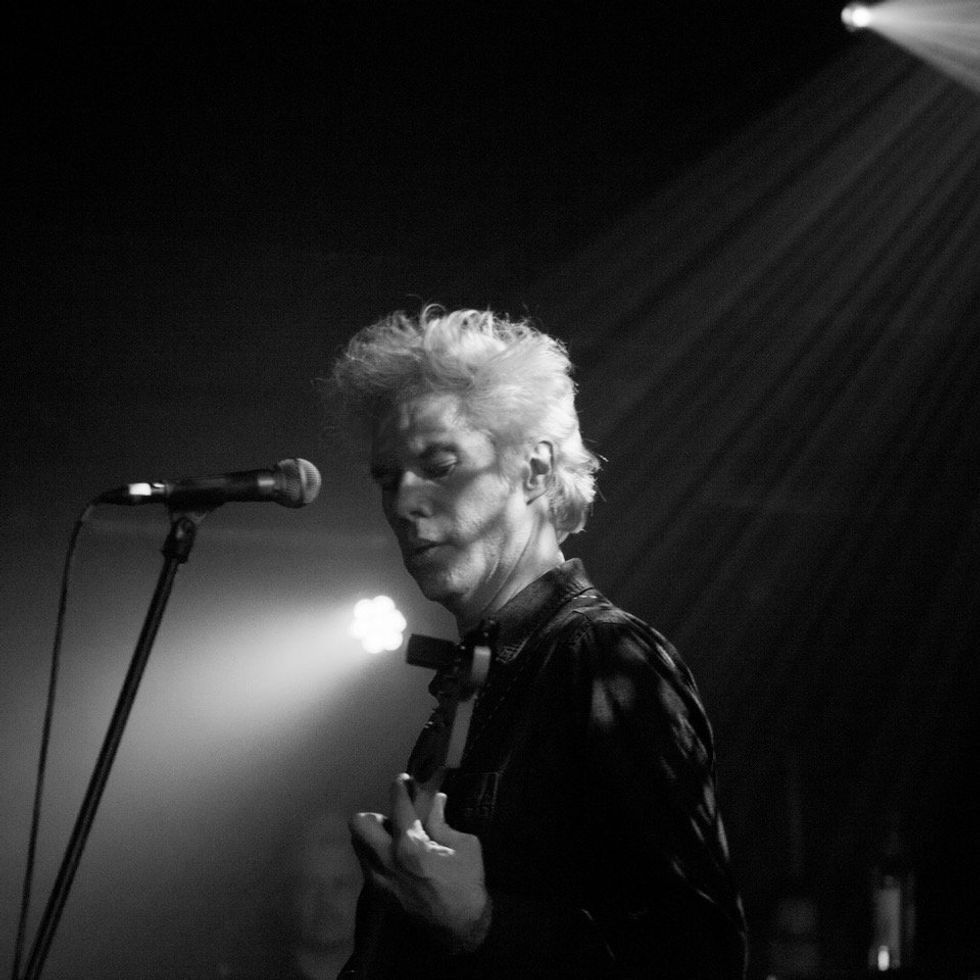
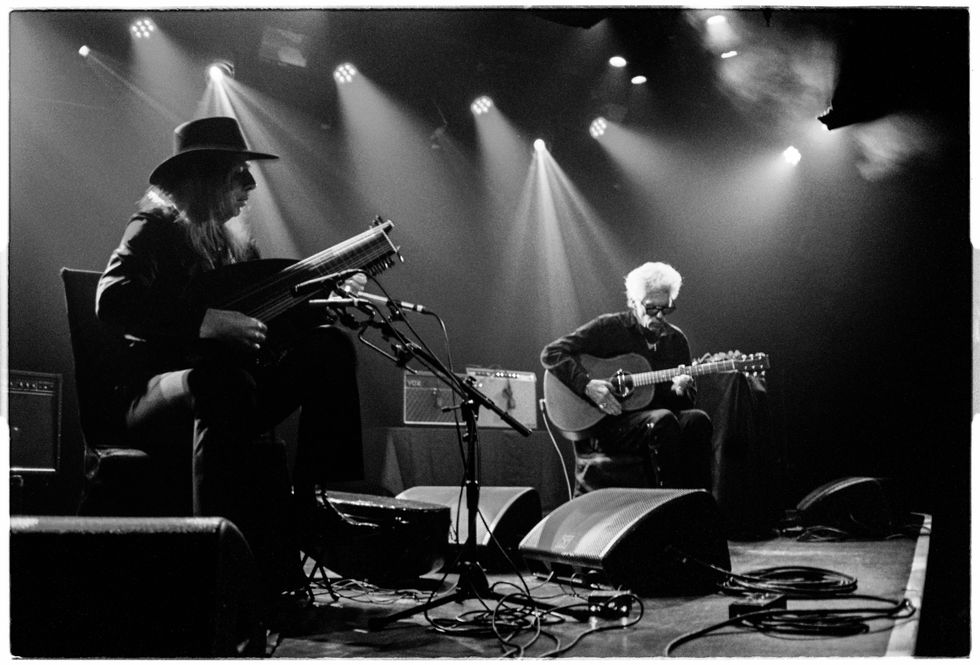
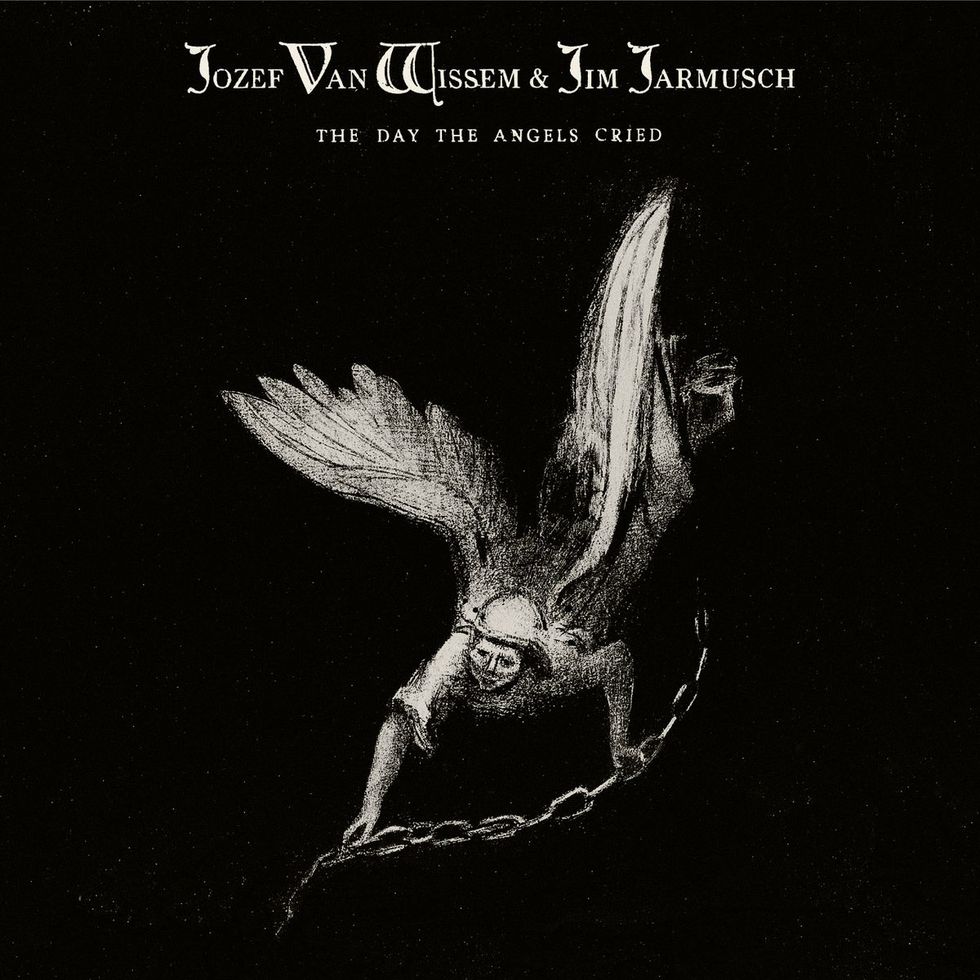
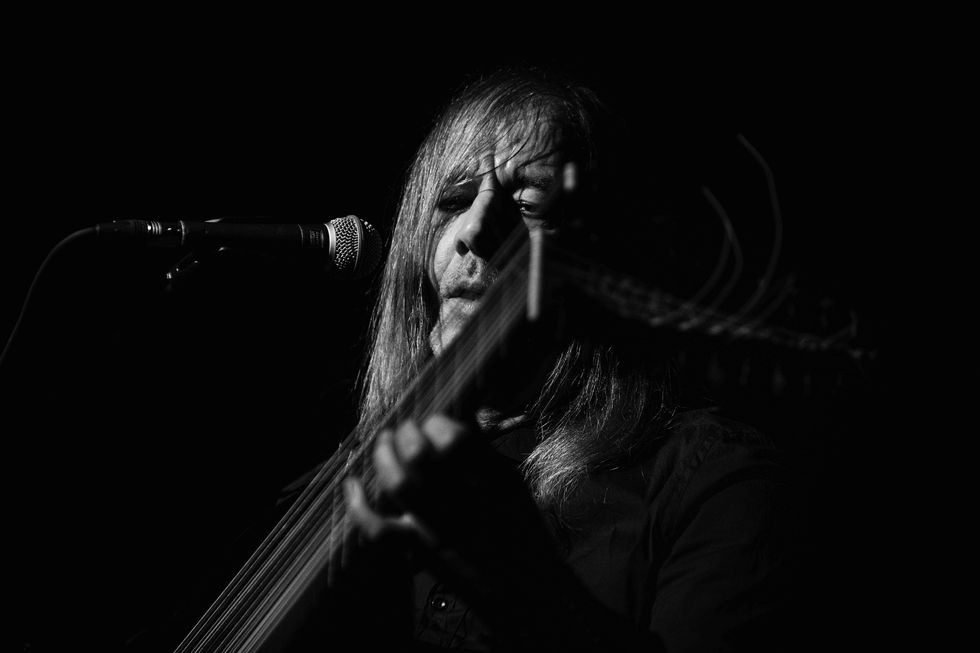


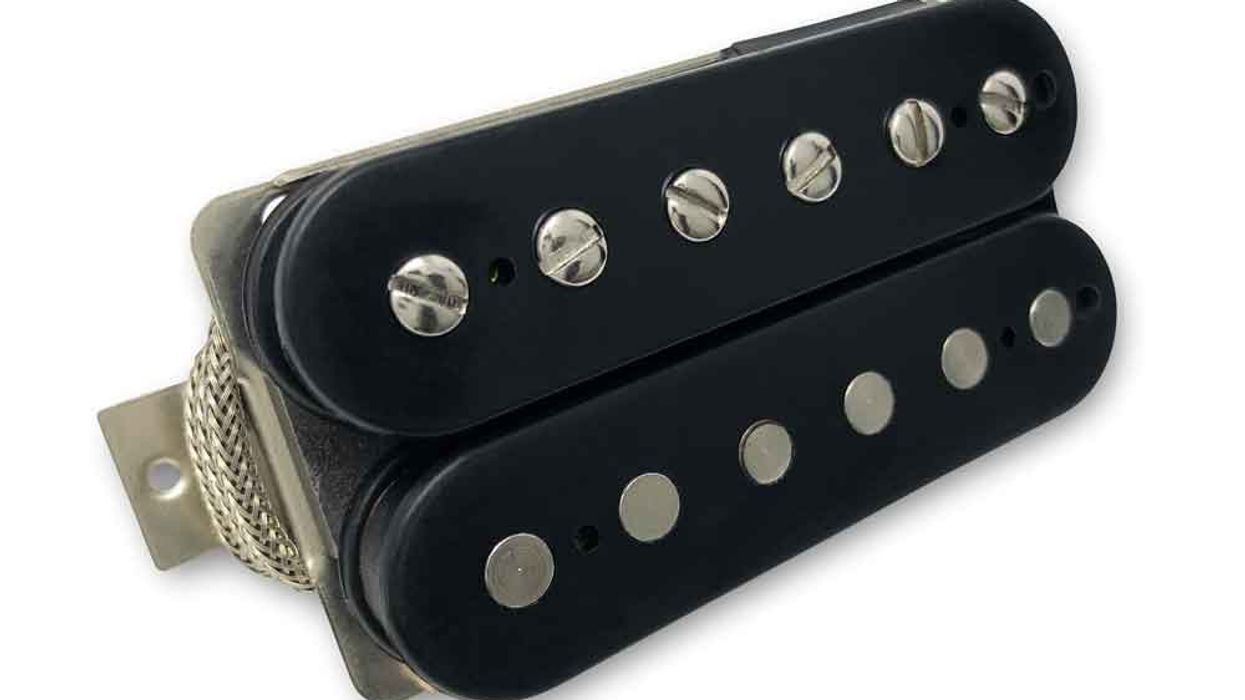
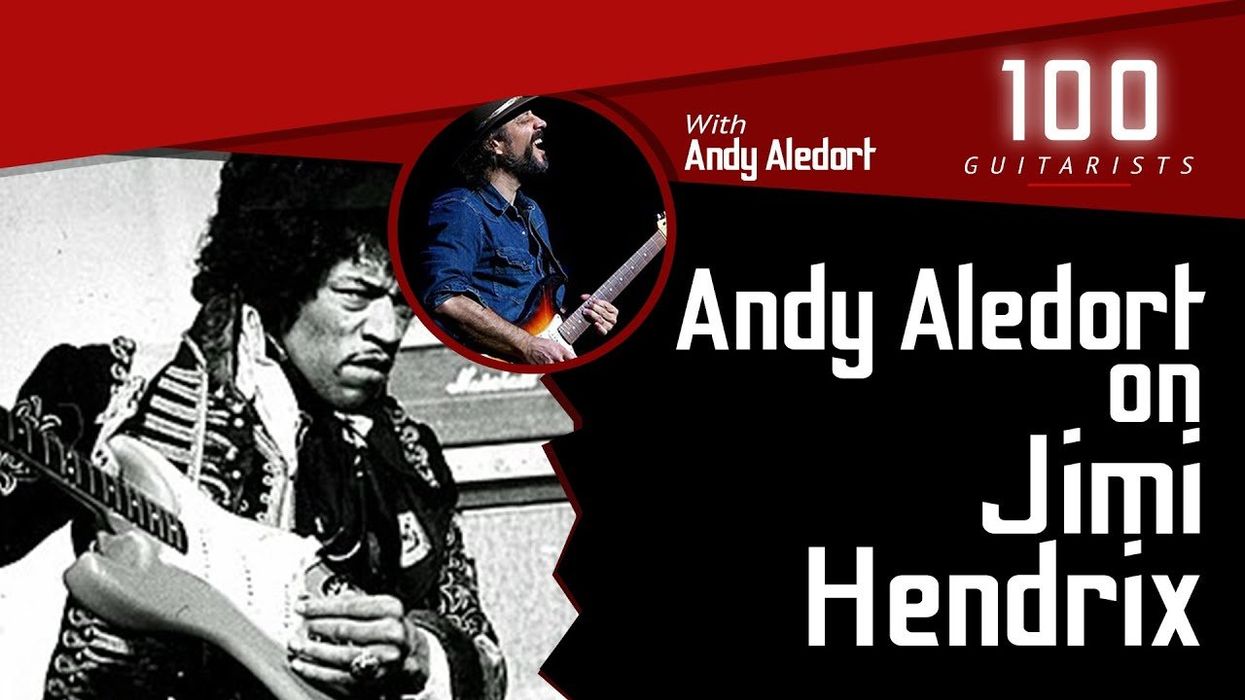
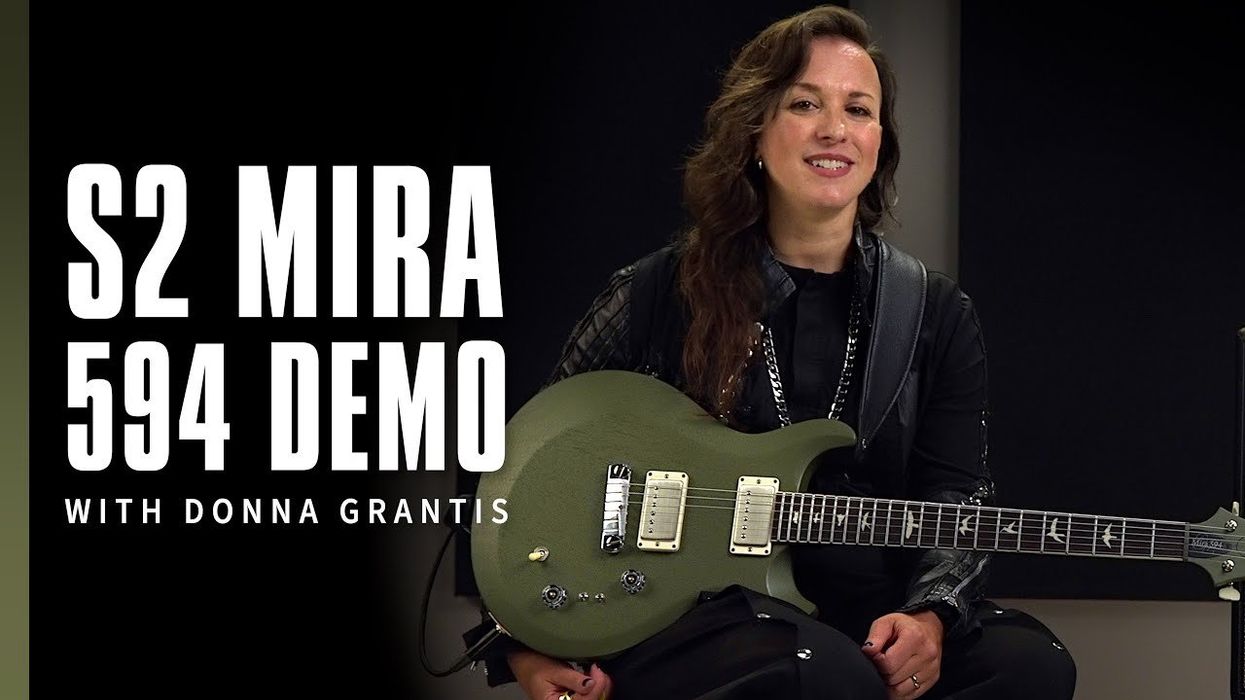
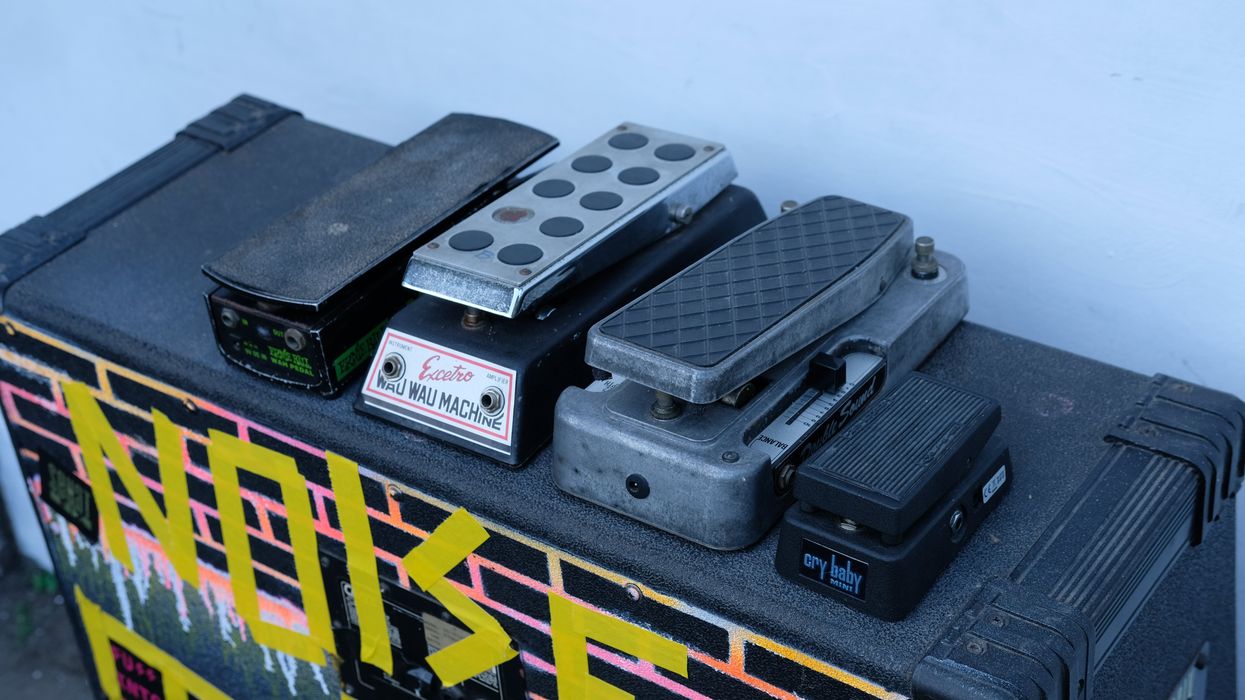
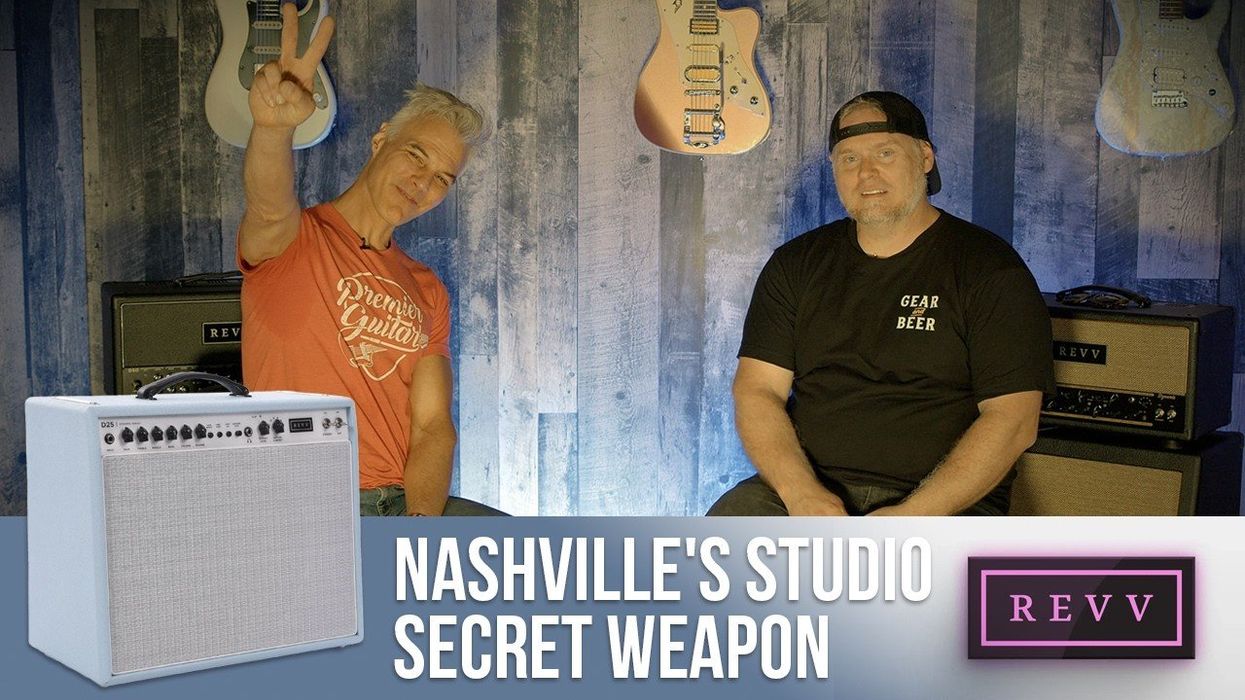
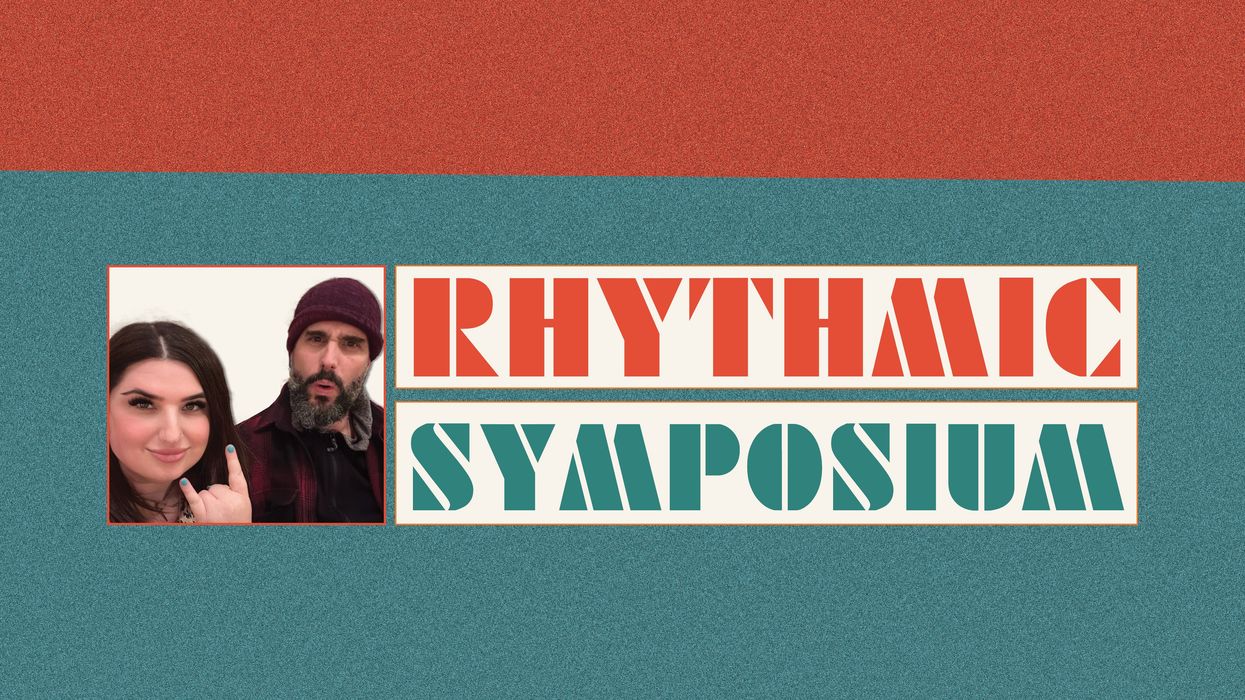
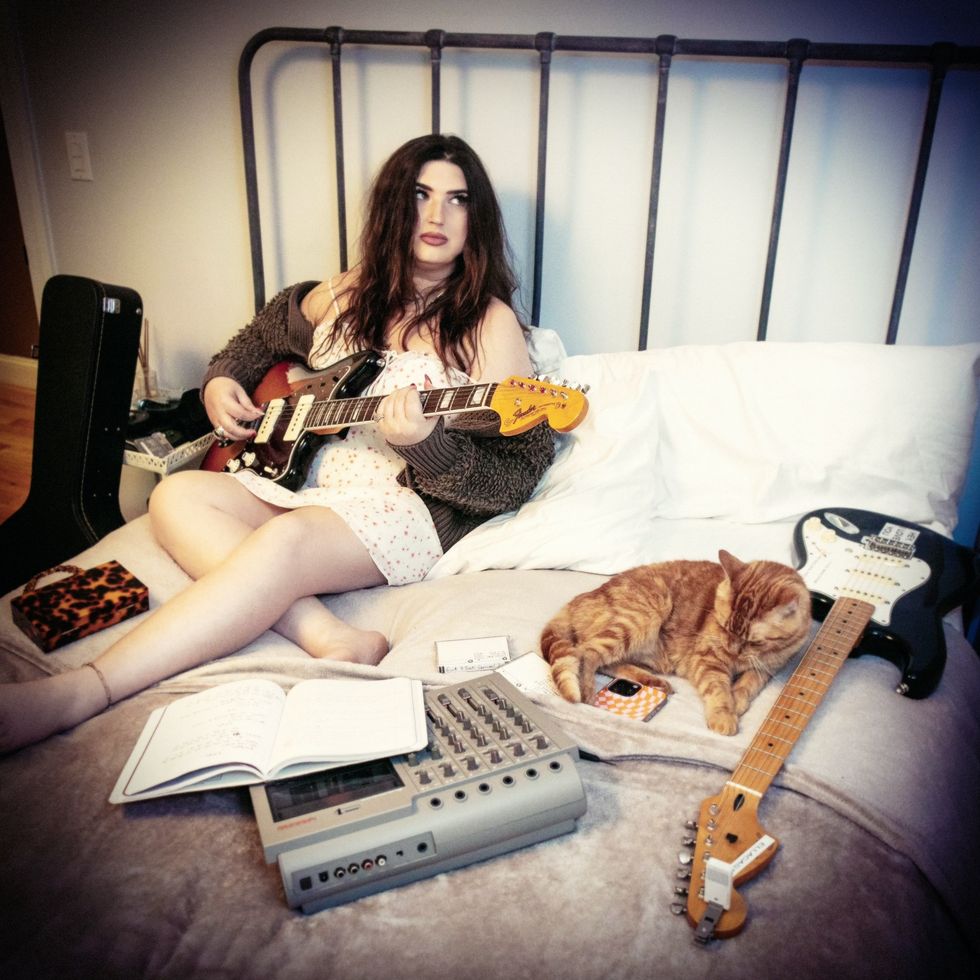

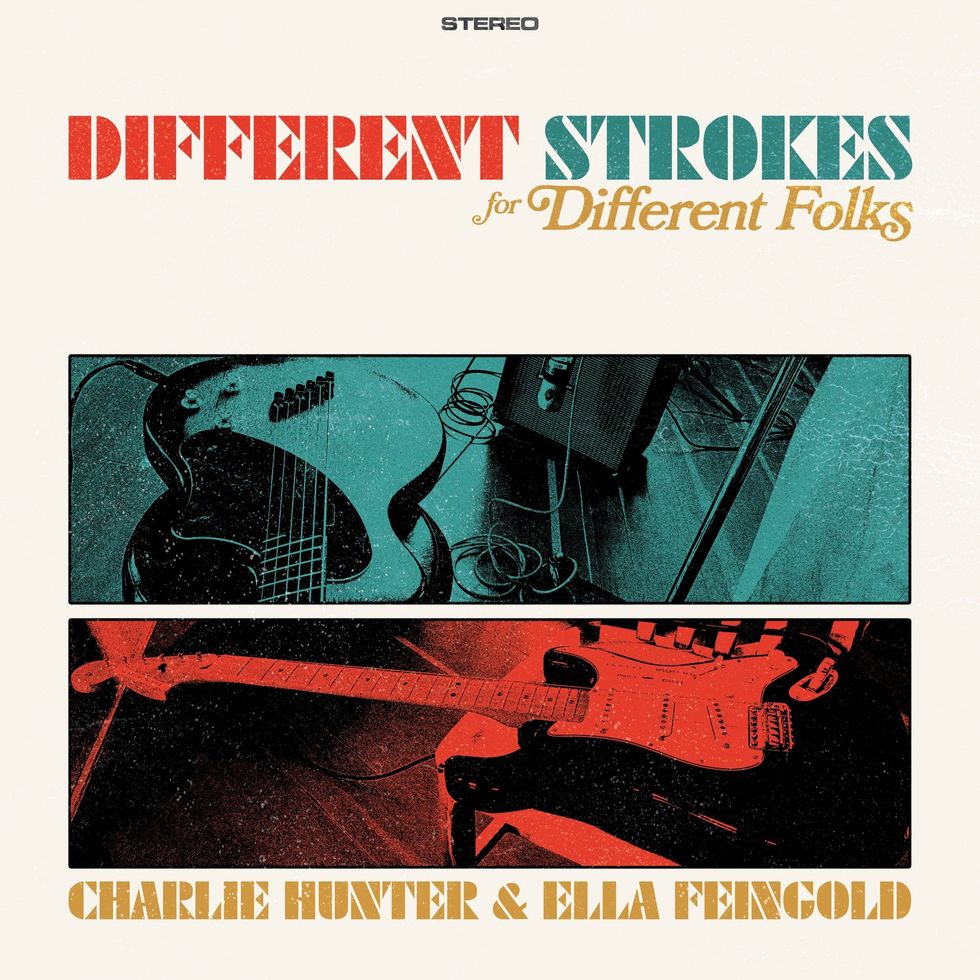
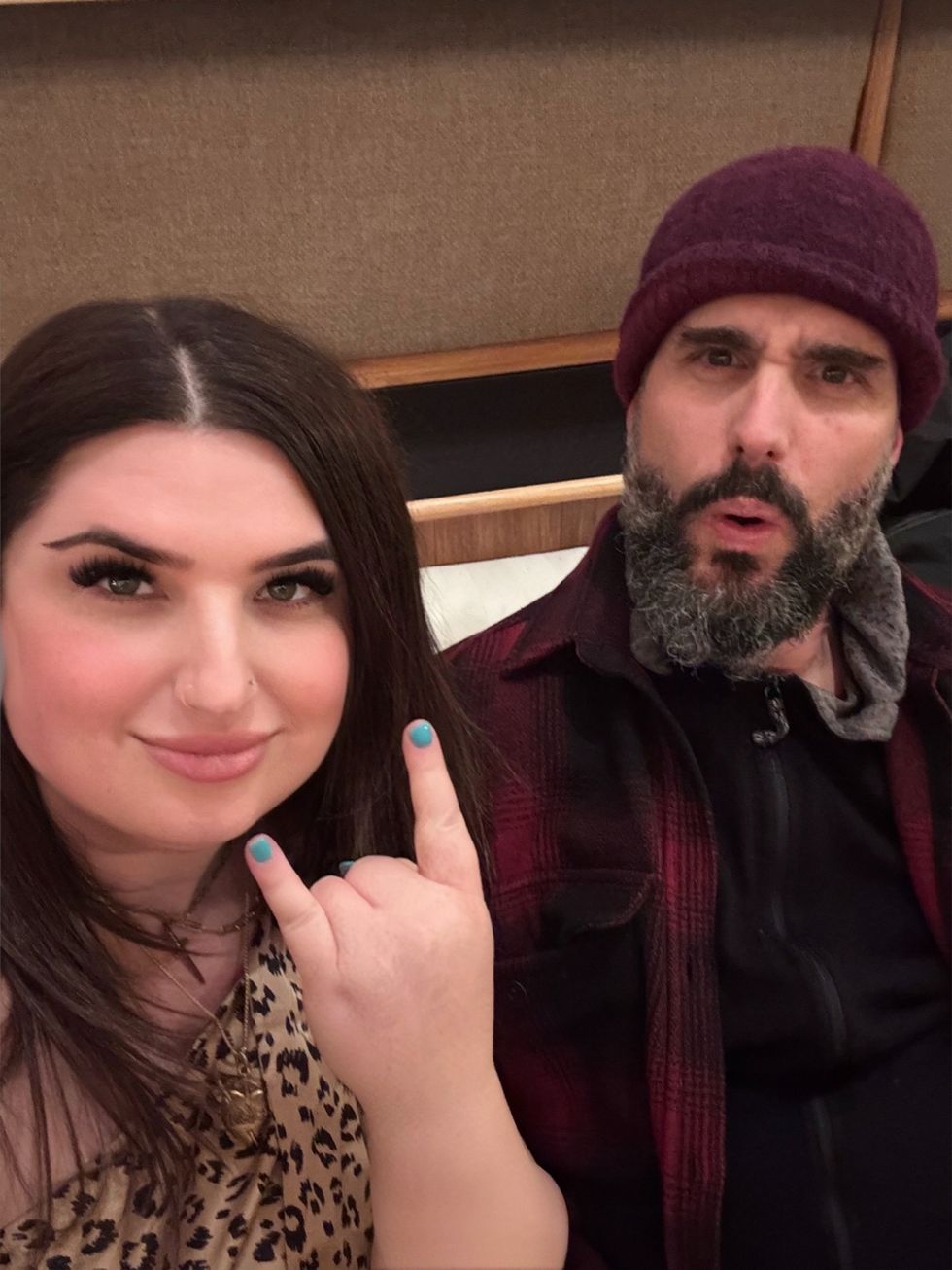 Though both heavy players in the soul and funk world, Feingold and Hunter first met via Instagram.
Though both heavy players in the soul and funk world, Feingold and Hunter first met via Instagram.